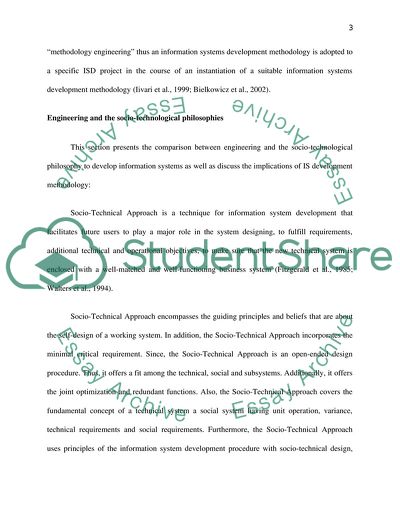Cite this document
(“The Diversity of Information System Development Methodologies Research Paper”, n.d.)
The Diversity of Information System Development Methodologies Research Paper. Retrieved from https://studentshare.org/information-technology/1563672-write-a-short-essay-on-information-system-is-development-philosophies-and-methodologies
The Diversity of Information System Development Methodologies Research Paper. Retrieved from https://studentshare.org/information-technology/1563672-write-a-short-essay-on-information-system-is-development-philosophies-and-methodologies
(The Diversity of Information System Development Methodologies Research Paper)
The Diversity of Information System Development Methodologies Research Paper. https://studentshare.org/information-technology/1563672-write-a-short-essay-on-information-system-is-development-philosophies-and-methodologies.
The Diversity of Information System Development Methodologies Research Paper. https://studentshare.org/information-technology/1563672-write-a-short-essay-on-information-system-is-development-philosophies-and-methodologies.
“The Diversity of Information System Development Methodologies Research Paper”, n.d. https://studentshare.org/information-technology/1563672-write-a-short-essay-on-information-system-is-development-philosophies-and-methodologies.


